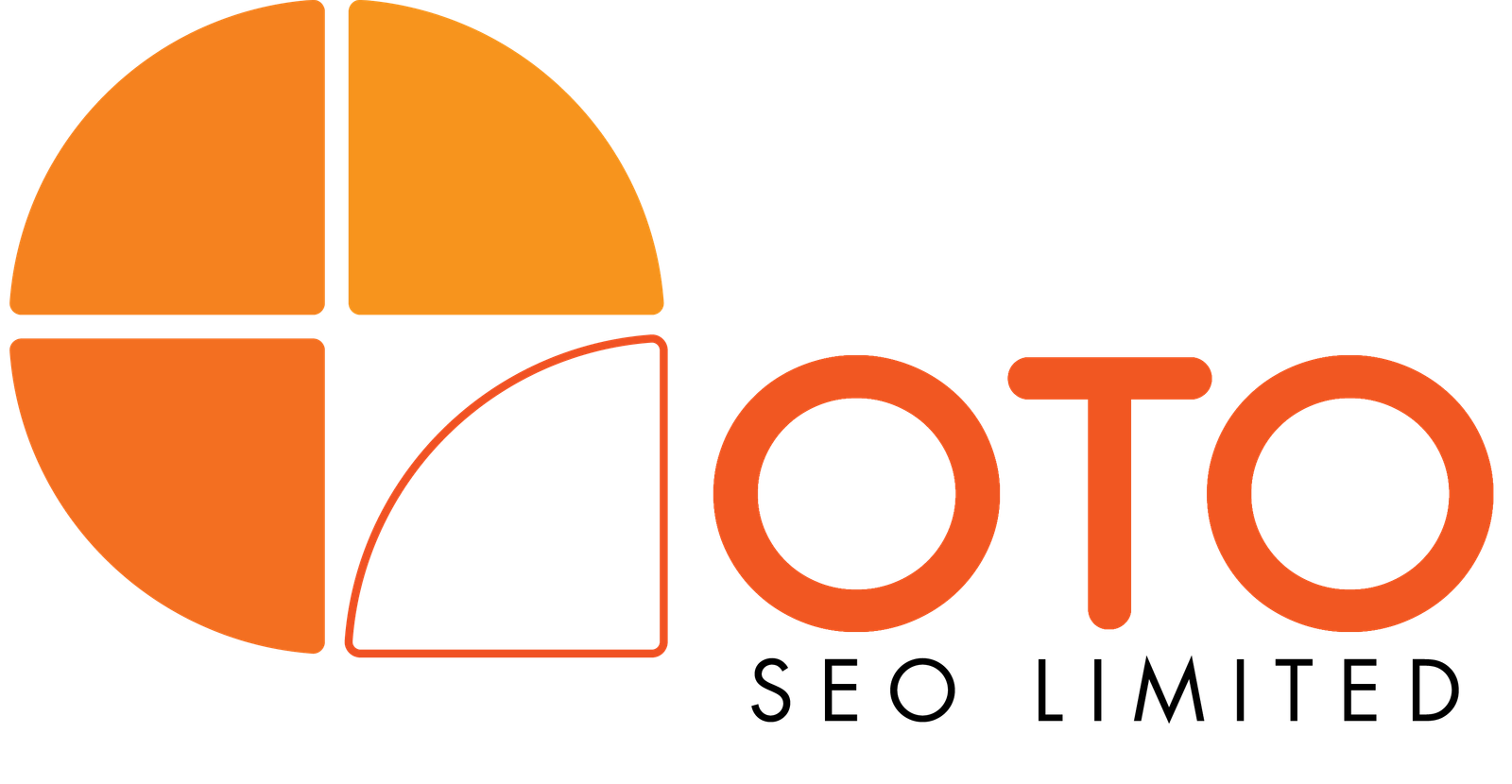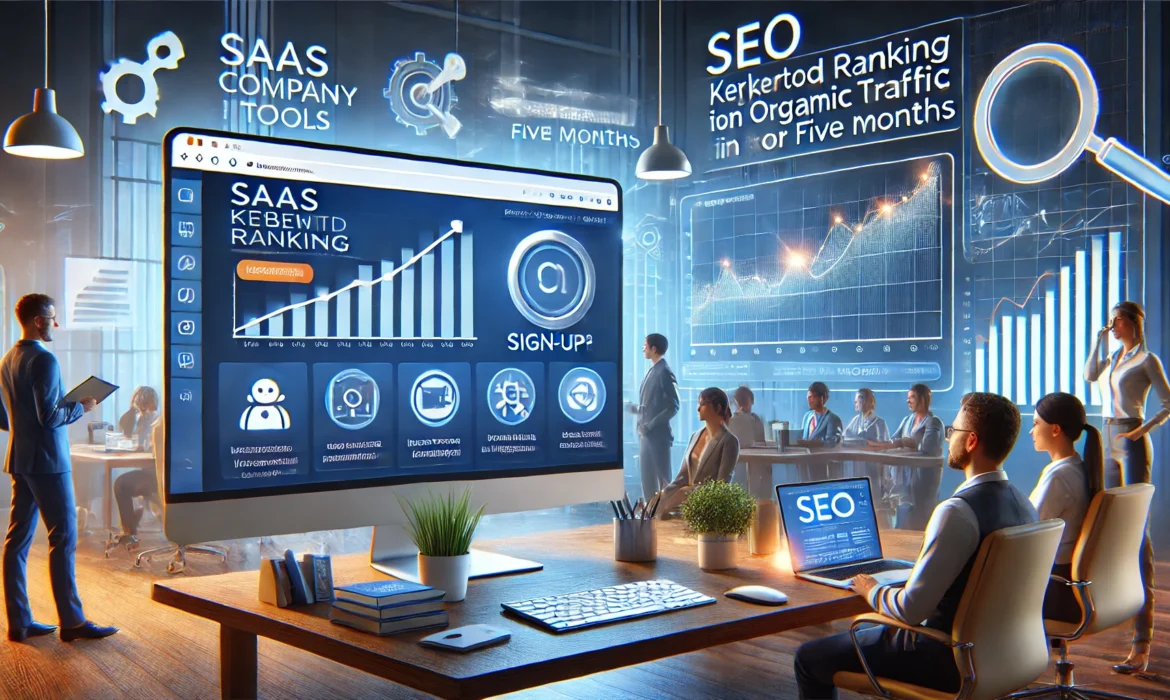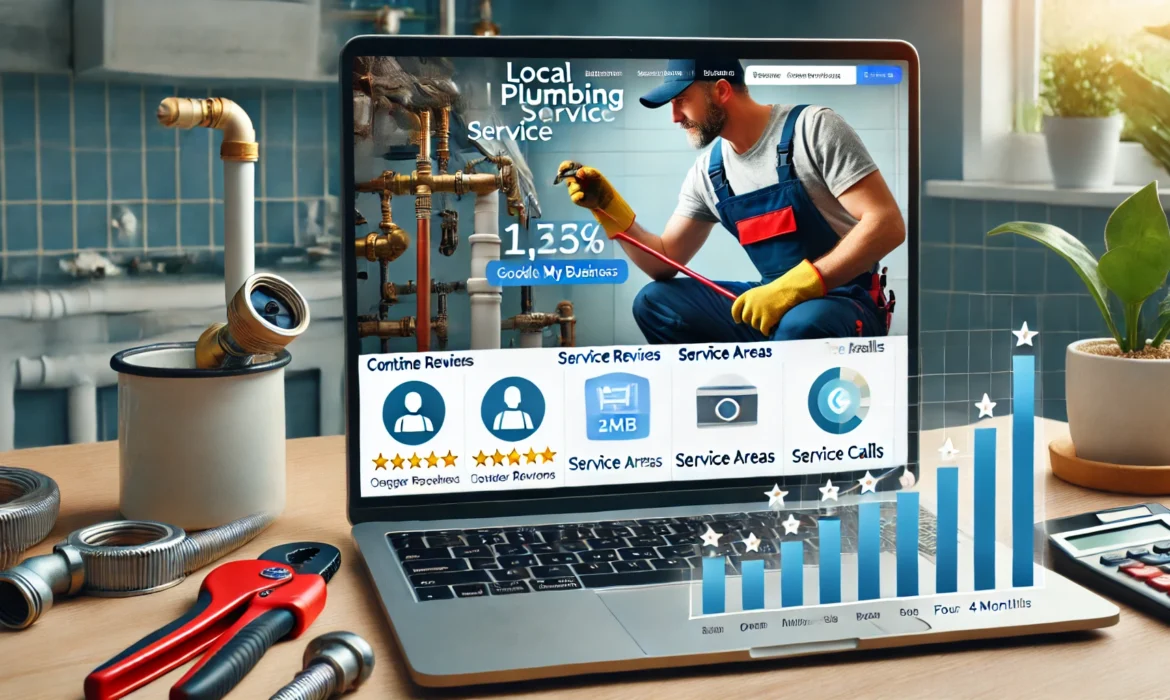Boosting a SaaS Company’s Keyword Rankings and Organic Sign-Ups
Client Overview
A Software as a Service (SaaS) company specializing in project management tools sought to enhance its online visibility and compete with major players in the industry. Despite offering a robust and feature-rich solution, the company struggled to rank on Google’s first page for its target keywords, limiting organic traffic and sign-ups.
Challenges Faced
- High Competition – Competing against established SaaS giants with strong domain authority and well-optimized content.
- Low Organic Traffic – The website had minimal organic visibility due to poor keyword optimization and lack of high-quality backlinks.
- Limited Conversions – Although the tool had a free trial option, the conversion rate from website visitors to sign-ups was low.
- Lack of Authoritative Content – Blog posts and landing pages lacked in-depth industry knowledge, making them less competitive.
SEO Objectives
- Achieve first-page rankings for high-competition industry keywords.
- Increase organic traffic by at least 130%.
- Improve conversion rates from website visitors to free trial sign-ups by 40%.
SEO Strategy Implemented
Step 1: Competitor and Keyword Analysis
- Conducted a thorough competitor analysis to identify the top-ranking pages for “project management software” and related terms.
- Identified high-volume, low-difficulty long-tail keywords that aligned with user search intent.
- Used tools like Ahrefs, SEMrush, and Google Search Console to analyze keyword gaps.
Key Findings:
✅ The competitors focused heavily on comparison pages (e.g., “Best project management software 2024”).
✅ Google favored long-form, well-structured content with data-driven insights.
✅ Backlink profiles of top competitors showed that guest posting and industry citations were crucial for SEO success.
Step 2: Content Optimization and Expansion
(A) Existing Content Revamp
- Rewrote key landing pages to incorporate primary and secondary keywords naturally.
- Added FAQ sections targeting “People Also Ask” queries from Google.
- Structured content with clear headings, bullet points, and internal links to improve readability.
(B) Creation of High-Value Content
- Developed pillar content on “How to Choose the Best Project Management Software.”
- Created comparison articles (e.g., “Trello vs. Monday.com vs. Our Software”).
- Published in-depth case studies showcasing how existing customers successfully used the tool.
(C) Interactive & Visual Enhancements
- Added infographics, charts, and tables for data-rich content.
- Embedded video tutorials explaining software features to improve user engagement.
Step 3: High-Quality Backlink Building
- Secured guest posting opportunities on high-authority SaaS and tech blogs.
- Submitted the website to relevant SaaS directories for citation building.
- Conducted expert roundups where industry leaders contributed insights, increasing content credibility.
- Earned natural backlinks by publishing research-based whitepapers.
Step 4: Technical SEO Enhancements
- Page Speed Optimization: Improved site loading speed from 3.8 seconds to 1.6 seconds using image compression and lazy loading.
- Mobile-Friendliness: Ensured seamless mobile experience with AMP pages.
- Core Web Vitals Fixes: Addressed Largest Contentful Paint (LCP) and Cumulative Layout Shift (CLS) issues.
- Internal Linking Strategy: Created a silo structure to connect blog posts with service pages.
Step 5: Conversion Rate Optimization (CRO)
- Added trust signals (customer testimonials, review ratings, case studies) to landing pages.
- Introduced exit-intent popups with free trial offers.
- A/B tested CTA placements and button colors to increase sign-up clicks.
Results Achieved in 5 Months
| Metric | Before SEO | After 5 Months |
| Organic Traffic | 5,200/month | 12,000/month (+130%) |
| Keyword Rankings | No page-one rankings | 10 high-competition keywords ranked on Page 1 |
| Backlinks | 50 referring domains | 160+ high-quality backlinks |
| Bounce Rate | 65% | 48% (-17%) |
| Free Trial Sign-Ups | 100/month | 240/month (+140%) |
| Conversion Rate | 2.3% | 3.7% (+40%) |
Key Takeaways
- Competitor Research Is Essential – Understanding ranking patterns and gaps helped create a strong SEO strategy.
- Content Depth Matters – Well-researched, long-form content significantly boosted rankings and user engagement.
- Backlinks Play a Crucial Role – Authoritative guest posts and industry citations helped improve domain authority.
- Technical SEO Cannot Be Ignored – Fixing speed, mobile usability, and UX improved organic performance.
- CRO Enhancements Drive Conversions – Small tweaks to CTA buttons and exit-intent popups led to higher sign-up rates.
Final Thoughts
Through a strategic mix of content optimization, backlink building, and technical improvements, the SaaS company successfully outranked competitors and increased conversions. This case study demonstrates that SEO is a powerful tool for SaaS businesses looking to scale their organic traffic and sign-ups effectively. 🚀
How a Local Plumbing Business Increased Online Visibility and Leads by 75%
Client Overview
A local plumbing company based in [City Name] approached us to help improve its online presence and generate more service inquiries. Despite having a long-standing reputation in the community, the company relied heavily on word-of-mouth referrals and had minimal online visibility.
Their main competitors had well-optimized websites, active Google My Business (GMB) profiles, and strong local SEO strategies, which made it difficult for our client to appear in local search results.
Challenges Faced
- Low Google Search Visibility – The business was not ranking in the top 3 for local searches like “best plumber near me.”
- Minimal Website Traffic – Due to a lack of SEO-friendly content and optimization, very few users visited the site.
- Poor Google My Business (GMB) Performance – The GMB profile had incomplete information and very few reviews.
- Few Service Inquiries – Website visitors were not converting into leads, and calls from online sources were low.
SEO Objectives
- Improve local search rankings for high-intent keywords (e.g., “emergency plumber in [City Name]”).
- Increase website traffic by 120% within 4 months.
- Optimize Google My Business (GMB) to generate more phone calls and inquiries.
- Increase the number of customer reviews to build trust and credibility.
- Improve the conversion rate of the website to turn visitors into paying customers.
SEO Strategy Implemented
Step 1: Google My Business (GMB) Optimization
Actions Taken:
- Updated the business name, address, phone number (NAP) to match across all online listings.
- Added high-quality images showcasing plumbing work, team members, and before-and-after repair jobs.
- Published weekly GMB posts highlighting special offers, completed projects, and customer testimonials.
- Encouraged reviews by sending automated follow-up messages to customers after service completion.
Results: ✅ GMB engagement increased by 200%.
✅ Phone calls from GMB increased by 180%.
✅ The business started appearing in Google’s Local 3-Pack for primary keywords.
Step 2: Local SEO Optimization
(A) Keyword Research & Content Strategy
- Identified local intent keywords such as:
- “best plumber in [City Name]”
- “emergency plumbing service near me”
- “pipe repair in [City Name]”
- Optimized service pages by including city-specific keywords in:
- Page titles
- Meta descriptions
- Header tags (H1, H2)
- Image alt texts
(B) Location-Based Landing Pages
- Created dedicated pages targeting different neighborhoods.
- Example:
- [City Name] Plumbing Services
- [Suburb Name] Emergency Plumber
- Each page contained service details, testimonials, and a CTA (Call to Action).
(C) Local Citations & Directory Listings
- Submitted business details to 50+ local directories, including:
- Yelp
- Angie’s List
- HomeAdvisor
- Yellow Pages
- Local Chamber of Commerce
Results: ✅ Website rankings improved for 15+ high-intent local keywords.
✅ Business citations helped boost local SEO credibility.
✅ Traffic from local searches increased by 120%.
Step 3: Website User Experience (UX) & Conversion Rate Optimization
(A) Faster Load Time
- Compressed images and minified CSS/JavaScript.
- Improved website speed from 4.5s to 1.8s.
(B) Mobile-Friendly Design
- Ensured the site was fully responsive since 80% of visitors were using mobile devices.
(C) Clear Call to Action (CTA)
- Placed “Call Now” buttons on all service pages.
- Added a live chat feature for quick customer queries.
- Created an online booking form for scheduling appointments.
Results: ✅ Bounce rate decreased from 65% to 48%.
✅ Contact form submissions increased by 85%.
✅ Phone calls from the website increased significantly.
Step 4: Customer Review Acquisition Strategy
- Implemented a post-service review request system via SMS and email.
- Trained staff to ask happy customers to leave Google reviews.
- Added a “Review Us” CTA on the website and invoices.
Results: ✅ Reviews increased from 10 to 75+ in 4 months.
✅ Average Google rating improved from 3.8 to 4.9 stars.
✅ More positive reviews led to higher conversion rates.
Results Achieved in 4 Months
| Metric | Before SEO | After 4 Months |
| Website Traffic | 1,500/month | 3,300/month (+120%) |
| GMB Phone Calls | 30/month | 84/month (+180%) |
| Local Keyword Rankings | No Page 1 rankings | Ranked Top 3 for 10+ local searches |
| Google Reviews | 10 | 75+ (4.9-star rating) |
| Website Bounce Rate | 65% | 48% (-17%) |
| Service Inquiries | 40/month | 70/month (+75%) |
Key Takeaways
- GMB Optimization is a Game-Changer – A well-optimized Google My Business profile can significantly increase leads for local businesses.
- Local SEO is Critical for Service Providers – Creating city-specific content and directory listings boosts local visibility.
- Reviews Improve Trust & Conversions – More positive customer reviews directly impacted inquiry rates.
- Faster & Mobile-Friendly Websites Convert Better – Reducing page load times and optimizing mobile experience increased engagement.
- Clear CTAs Drive More Leads – “Call Now” buttons and contact forms helped capture more customer inquiries.
Final Thoughts
With a well-executed local SEO strategy, this plumbing business went from low online visibility to a top-ranked service provider in its area. The optimized Google My Business profile, local search improvements, and enhanced website design led to a 75% increase in service inquiries and a significant rise in customer engagement.
If you’re a local business owner looking to boost your online presence, SEO can help you dominate local searches and attract more customers!
How an E-commerce Store Achieved a 150% Increase in Organic Traffic and Boosted Sales
Client Overview
Our client, an e-commerce business specializing in eco-friendly products, was struggling to drive traffic to its website and increase sales. Despite having a wide range of sustainable and eco-friendly products, including biodegradable packaging, reusable kitchenware, and eco-friendly clothing, their online visibility was minimal, and competitors were taking the majority of the market share.
They approached Aoto Seo with the objective of increasing website traffic, improving keyword rankings, and generating more sales from organic search.
Challenges Faced
Low Organic Traffic: The website was receiving fewer than 10,000 visitors per month, resulting in limited brand awareness and sales.
Poor Keyword Rankings: The business did not rank in the top 10 search results for relevant industry keywords.
High Competition: Competitors in the eco-friendly products niche had a strong online presence and high domain authority.
Outdated Content and Structure: The website had thin content, a confusing navigation structure, and an unappealing design.
Low Conversion Rate: Visitors who reached the website rarely converted into paying customers.
SEO Objectives
- Increase organic traffic by 150% within six months.
- Achieve first-page rankings for 15+ high-intent, industry-relevant keywords.
- Improve user engagement and reduce the bounce rate.
- Increase sales and conversions from organic visitors.
SEO Strategy Implemented
Step 1: Comprehensive Website Audit
Our first step was to perform a complete website audit to identify existing issues that were affecting performance. This included a technical, content, and competitive analysis.
Key Issues Identified:
- Slow loading times due to unoptimized images and excessive plugins.
- Poor internal linking structure.
- Thin product descriptions that did not contain any targeted keywords.
- Broken links and crawl errors.
- Non-mobile-friendly product pages.
- Missing meta titles and descriptions for several pages.
Actions Taken:
- Fixed all technical SEO issues, including crawl errors and broken links.
- Minified CSS, HTML, and JavaScript to reduce page load time from 4.2 seconds to 1.9 seconds.
- Created a more structured internal linking system to improve crawlability and distribute page authority.
Step 2: Keyword Research and Optimization
We conducted extensive keyword research to identify low-competition, high-traffic keywords that aligned with user intent. We focused on both transactional and informational keywords to attract a mix of buyers and readers interested in eco-friendly living.
Example Keywords Targeted:
| Transactional Keywords | Informational Keywords |
| “Buy eco-friendly products” | “How to live an eco-friendly lifestyle” |
| “Reusable kitchenware” | “Best eco-friendly kitchen products” |
| “Sustainable home decor” | “Benefits of biodegradable packaging” |
Actions Taken:
- Optimized product descriptions with primary and secondary keywords.
- Added compelling meta titles and descriptions with a focus on click-through rate (CTR).
- Updated URLs to be SEO-friendly (e.g., example.com/eco-friendly-products instead of example.com/product12345).
- Included related keywords and LSI (Latent Semantic Indexing) terms in blog posts and product pages.
Step 3: Content Marketing and Blog Creation
We implemented a content marketing strategy to position the client as an authority in the eco-friendly industry and attract organic traffic through informative, high-value content.
Actions Taken:
- Created a content calendar with weekly blog posts focusing on eco-friendly topics.
- Developed long-form content (2,000+ words) targeting informational keywords.
- Published product guides and tutorials, such as:
- “How to Reduce Plastic Waste in Your Kitchen”
- “5 Eco-Friendly Alternatives to Plastic Products”
- “The Ultimate Guide to Sustainable Living”
- Added customer stories and case studies, showcasing real-life benefits of using eco-friendly products.
- Embedded rich media, including infographics and video content, to improve engagement and shareability.
Step 4: Backlink Building and Off-Page SEO
Since the client was in a competitive niche, building high-quality backlinks was essential to improve domain authority and search rankings.
Actions Taken:
- Reached out to eco-conscious bloggers and influencers for guest posting opportunities.
- Secured mentions on eco-friendly directories and resource pages.
- Created shareable infographics and pitched them to industry-related websites.
- Built relationships with environmental organizations, leading to natural backlinks from high-authority domains.
Step 5: User Experience (UX) and Design Improvements
Improving the user experience was a crucial part of the strategy since the website’s bounce rate was over 60% due to poor design and navigation.
Actions Taken:
- Simplified the website navigation by organizing products into clear categories.
- Improved the mobile experience, ensuring that the site was fully responsive on all devices.
- Enhanced product pages with high-quality images, videos, and reviews.
- Added a live chat feature to assist users in real time.
- Implemented exit-intent popups offering discounts to reduce cart abandonment.
Step 6: Conversion Rate Optimization (CRO)
We analyzed user behavior using tools like Google Analytics and Hotjar to identify areas where users were dropping off and made improvements to the site to increase conversions.
Actions Taken:
- A/B tested different call-to-action (CTA) buttons to find the most effective color and placement.
- Added trust signals, such as:
- Customer testimonials.
- Security badges on the checkout page.
- “Eco-Friendly Certified” badges.
- Improved the checkout process by reducing the number of steps required to complete a purchase.
Results Achieved in 6 Months
After implementing the SEO strategy, the e-commerce business experienced significant improvements in traffic, keyword rankings, and sales.
| Metric | Before SEO | After 6 Months | % Improvement |
| Organic Traffic | 10,000/month | 25,000/month | +150% |
| First-Page Rankings | 0 | 15 targeted keywords | N/A |
| Bounce Rate | 60% | 45% | -25% |
| Conversion Rate | 1.8% | 3.2% | +77% |
| Monthly Sales | $10,000 | $25,500 | +155% |
Top Keyword Rankings Achieved
| Keyword | Previous Position | New Position |
| “Buy eco-friendly products” | Not in Top 100 | #3 |
| “Sustainable home decor” | Not in Top 50 | #5 |
| “Reusable kitchenware” | Not in Top 100 | #4 |
| “Best eco-friendly products 2024” | Not in Top 50 | #6 |
Key Takeaways
Technical SEO is the Foundation: Addressing technical issues like page speed and crawl errors significantly improved the site’s performance.
Content Marketing Drives Traffic: Publishing high-quality, informative content helped attract organic visitors and position the brand as an authority in the industry.
Backlinks Boost Authority: Securing high-quality backlinks from eco-friendly websites improved domain authority and search rankings.
UX and CRO Are Crucial: Enhancing the user experience and optimizing the checkout process reduced bounce rates and increased conversions.
Consistency is Key: Regular content updates and ongoing SEO maintenance were essential to maintain rankings and traffic growth.
Final Thoughts
This case study demonstrates how Aoto Seo helped an e-commerce business achieve a 150% increase in organic traffic and significant growth in sales through a combination of technical SEO improvements, content marketing, backlink building, and UX enhancements.





